The “Sense Organ” for the Vestibular System is located in the Inner Ear. It is complicated. This system has primary responsibility for helping us balance. It also helps us detect speed and motion. For example, even if our eyes are closed while sitting in a car, we still know when the vehicle begins to move. That is because our vestibular system helps us feel the motion.
The vestibular system has many important jobs along with helping us balance and figure out if we are moving or standing still.
- When we move, the vestibular system influences overall Sensory Processing and general arousal states.
- It can also have a direct effect on essential Life Systems such as Respiration, GI System and Heart Rate. We recognize this when we get off a thrilling roller coaster and have a big adrenaline rush…or feel sick to our stomachs.
- The vestibular system also affects muscle tone, especially the core muscles in the back. As children spin around you can see their backs get straighter and stronger.
The primary way to activate the vestibular system is by spinning, rocking and moving fast. Because the vestibular system is so powerful, one needs to tread lightly when getting children engaged in motor play that revs up this system.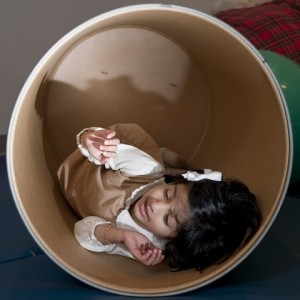
The sections below provide important guidelines in how to integrate motor activities that activate the vestibular system in a safe and fun way and address specific ways to help improve sensory motor health and regulation.
Spinning is a highly arousing activity for the nervous system. Some children love to spin and it helps to “rev up” their sensory systems.
Spinning and rotation can be used to help the following:
- Increase muscle tone and core muscle activation (especially in the back)
- Increase alertness and attention
- Increase overall arousal of the sensory system
Caution MUST be used when spinning a child. Listen carefully to the child’s request. If the child says “Enough!” or looks unhappy, the adult should end the spinning activity immediately.
Activities that incorporate spinning and rotation:
Tire swings
Playground merry-go-rounds
Rolling
Barrels
Blanket roll-ups
Swinging activities provide a moderate level of vestibular wake-up punch, but because the movement is in a back and forth motion it is not as overwhelming to the nervous system. For children who are uncomfortable with spinning, swinging is an excellent alternative. Swinging provides some arousal but the linear motion and change in direction also has a calming effect.
Swinging is an excellent choice to:
- Increase a child’s alertness
- Improve attention
- Facilitate a calming effect
Motion in a straight line, such as riding a bike, skiing and driving in a car provides a calming influence over the vestibular system as well. This is why fussy babies fall asleep in the car when nothing else soothes them.
This kind of movement gives a bit of a charge but also activates inhibitory nerves in the brain so the speed helps with general brain organization.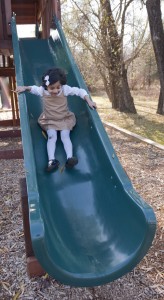
Straight line speed provides:
- Energy boost to the nervous system
- General brain organizer
Activities that activate straight line vestibular stimulation: Scooter boards, Bike riding, Small Exercise Trampoline Swinging, Slides, zip lines*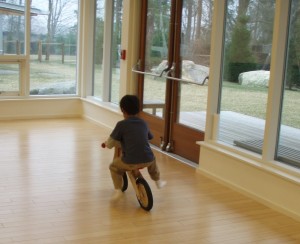
Bouncing up and down also activates straight line vestibular stimulation. If using a small exercise tramp, the movement is organizing. If using a large trampoline* there is more rotation inherent to the motion, so a more alerting stimulation occurs, similar to spinning.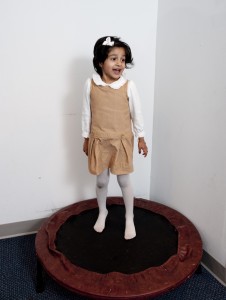
*There are many safety issues related to these types of exercise equipment so they are not endorsed or recommended by this author.
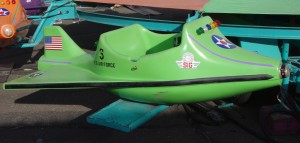
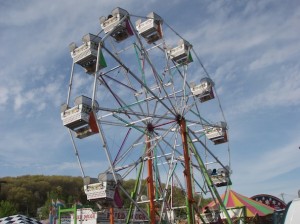
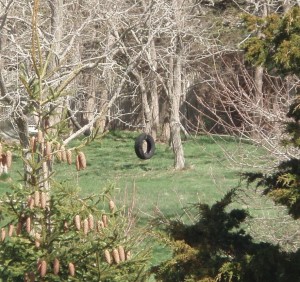
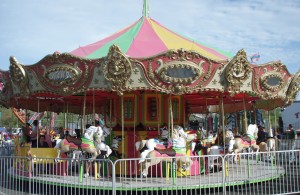
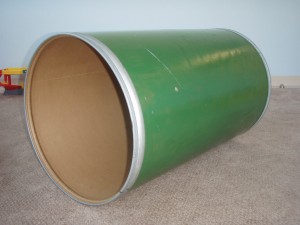
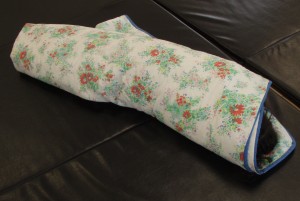
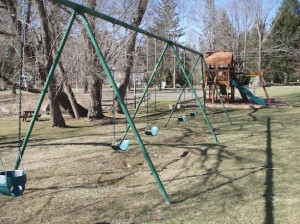
No Pings Yet